H.M.S. Pheasant:
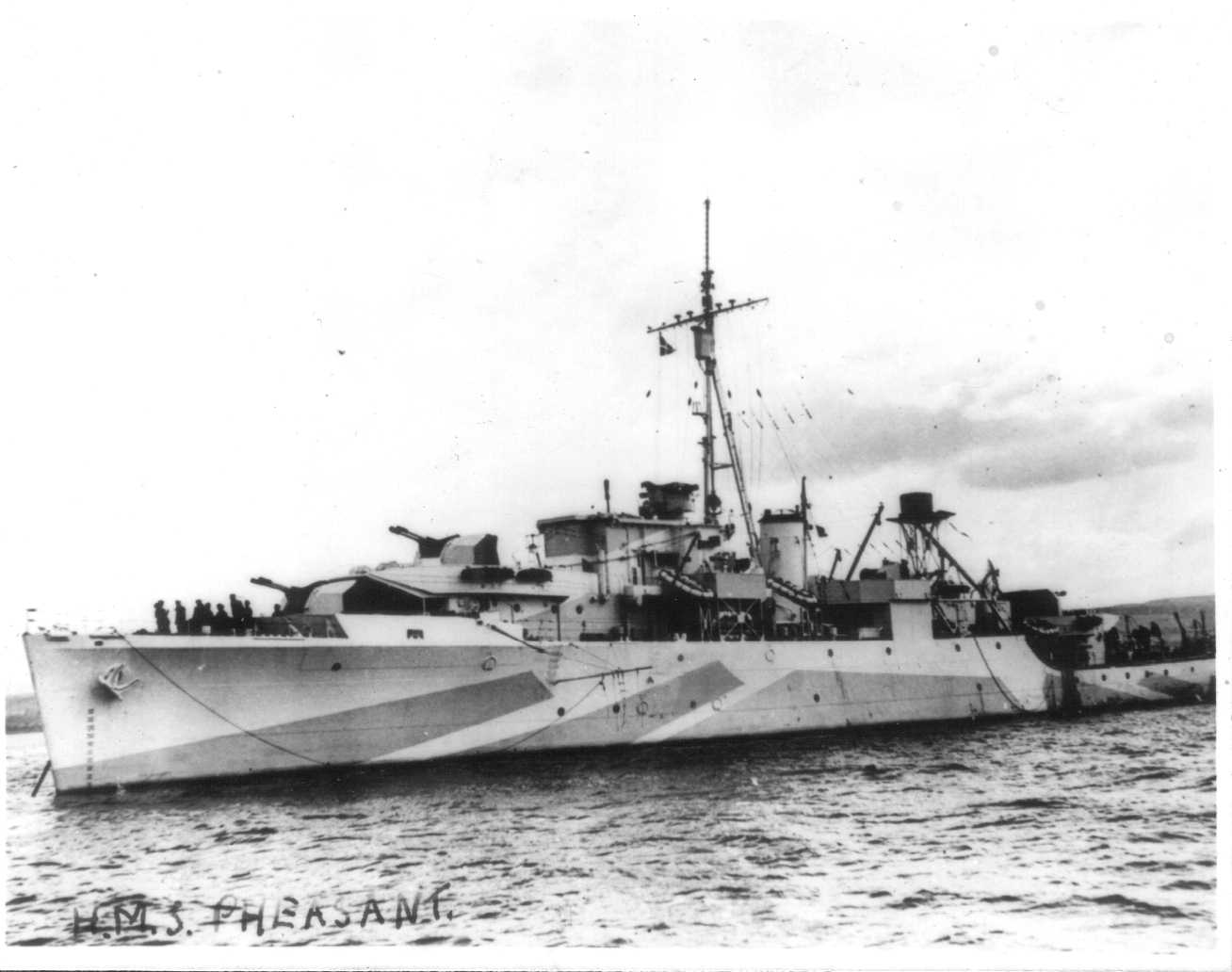
Details of War Service
1943May: Contractor's trials and commissioned for service in 7th Escort Group. 12th. Build completion and commenced Acceptance Trials. On completion of trials and storing took passage to Tobermory Commenced work-up for operational service at Tobermory.
June: Transferred to Scapa Flow to complete working-up.
12th. Joined Group based at Greenock for convoy escort duty. 28th. Deployed as escort for military Convoy KMS18
July: Deployed on escort of military convoys to Mediterranean for Sicily landings. (Operation HUSKY) 7th. Detached from KMF18 at Bone.
9th. Part of escort for military convoy KMS19 during passage from Bone to beachhead in Sicily.
10th. Joined Support Force East for landings in Sicily (Operation HUSKY).
13th. Detached from KMF19 on arrival and deployed for convoy escort. Grounded off Tripoli during escort duty in Mediterranean. Docking deferred to enable ship to take part in support of planned landings . Deployed for escort and support duty despite limitations. On release from HUSKY took passage to UK.
August:
2nd. Under repair at Clyde shipyard.
September: On completion carried out post repair trials.
27th. Rejoined Group for escort duty in North Atlantic.
October: Escorted convoy to St. Johns, Newfoundland and a returning UK convoy.
November: Deployed with Group in Support role with EG7. 14th. Supported Convoy MKS30/SL139 on passage to UK from Gibraltar under attack off the coast of Portugal from SCHILL Groups of U-Boats. 18th. Joined escort for joint Convoy MKS30/SL139 with HM Sloops CHANTICLEER and CRANE and took part in search for U515
December: 1st. Taken in hand for refit in commercial shipyard at Newport, Mon..
1944
January: Under refit. Nominated for duty in Mediterranean with 55th Escort Group. 24th. On completion of post refit trials prepared for foreign service.
February: Escorted military convoy KMF28A during passage to Gibraltar to join Group.
March: Deployed with Group for convoy escort between Gibraltar and Port Said to September.
October: Passage to UK. 12th. Taken in hand for refit in commercial shipyard at Leith.
November: Under refit. Nominated for service with Eastern Fleet in Indian Ocean.
December: Carried out post refit trials on completion of shipyard work. 7th. Prepared for foreign service. 20th. Joined escort for UK - Gibraltar convoy for passage. 26th. Detached at Gibraltar for repair of defects.
1945
January: Under repair. Deployment changed and ship transferred for escort duty during operations by British Pacific Fleet in SW Pacific. 13th. Took passage via Red Sea, Colombo and Darwin to Join Fleet.
February: On passage in Indian Ocean.
March: 5th. Joined BPF at Manus and allocated for duty with Fleet Train for AA Defence. 17th. Deployed with HM Destroyer KEMPENFELT as Task Unit 112.2.5 for defence of Fleet Replenishment ships included tankers SAN ADOLPHO, SAN AMBROSIO. 28th. Provided air defence for ships of Replenishment Group including HM Escort Carriers STRIKER and SPEAKER with HM Sloop CRANE, HM Frigate FINDHORN, HM Destroyers KEMPENFELT and WHIRLWIND (Note : Ship relieved later by HM Destroyers QUALITY and WHELP during air operations by aircraft carriers of British Task Force 57 against Sakishima Gunto airfields.
April: Fleet Train AA defence in continuation.
May: 6th. Escorted Replenishment Group including HM Escort Carriers RULER, STRIKER, CHASER and SPEAKER with HM Sloops CRANE, WHIMBREL, HM Corvette WOODSTOCK (RCN) and Royal Australian Navy warships during continuation of joint RN/USN operations against targets in Sakishima-Gunto Islands by Task Force 57.
June: Maintenance and leave period in Australia.
July: Fleet train deployment in continuation.
August: 15th. After VJ Day transferred to RN control joined frigates of British Pacific Fleet for support of reoccupation operations and repatriation based at Hong Kong.
HMS Pheasant had a displacement of 1,925 tons, being 283ft in length with a 38ft beam. For armament, the Pheasant had six 4 inch and ten 20mm Anti-Aircraft guns. Powered by a steam powered geared turbine through twin shafts, the Pheasant had a range of 4,500 nautical miles and a top speed of 20 knots - their prey, the German U-Boats could only manage 18 knots on the surface and no more than 8 knots submerged.. The Pheasant had a crew of 192, although this was increased when "Captain D" was aboard.
In the latter part of the war she was sent to the Pacific and was present in Yokohama Bay when the Japanese surrendered on the 2nd September 1945 aboard the USS Missouri. Supply Assistant (affectionately known as a 'Jack Dusty') Gerald W. Goldney witnessed the event - here are his words as published on the BBC2 website, "The People's War".
"I was in the Royal Navy, a supply assistant on board H.M.S. Pheasant, Part of the British Pacific Fleet. The atom bomb had just been dropped on Hiroshima and the Japanese had surrendered. After a few days of waiting the fleet steamed towards Japan and a few days later we were passing between the cliffs decked with very conspicuous white flags and into Yokohama Bay. I shall never forget the sight of the American Fleet anchored in the bay all around us. There seemed to be hundreds of ships and I doubt if there will ever be so many war ships in one place again. We anchored in our allotted place. We were still wary of the Japanese and so each ship was a certain distance from its neighbours in case they attempted to place impact mines on the hulls. At night the sea round the ships was floodlit and all the ships lit up (again to deter the Japanese from a sudden attack) and this was a spectacular sight.
We were told the Japanese would make the surrender on board the U.S.S Missouri and on the afternoon in question I watched through binoculars. The party of Japanese in their long black coats and top hats boarded the battle ship from the small tug-boat which had bought them from the dock side. Only then did we believe the war was over. We were very happy as we hoped that it would not be long before we would be on our way home.
The next few days were somewhat of an ante-climax. Parties of seamen were sent ashore to search for prisoners of war, and the sight of these pitiful skeletons of men made us realise how dreadful war was. Aircraft carriers had been cleared of their aircraft and men were placed between decks. Once full they sailed for Australia. Some days later we weighed anchor and sailed to Hong Kong to help bring that city back to life."
Copyright Gerald W Goldney / BBC WW2 People's War - The Japanese Surrender in Yokohama Bay
After the war HMS Pheasant was deployed with the 1st Escort Group and refitted at Brisbane during October 1945. She then returned to Hong Kong as part of the 32nd Escort Group for patrol in defence of British shipping. Later in 1946 she took passage to UK to pay-off the crew and was reduced to Reserve status at Portsmouth. During 1954 she was transferred to the Reserve Fleet at Barry and laid-up for six years. By that time her condition had deteriorated and she was placed on the Disposal List at Plymouth and sold to BISCO for demolition by West of Scotland Shipbreakers at Troon. The ship arrived in tow at the breakerís yard on 15th January 1963.
HMS Pheasant, Gibraltar, Christmas 1944::
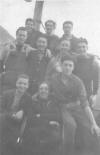
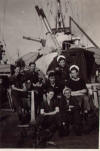
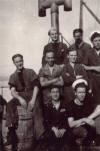
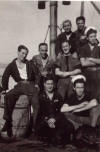
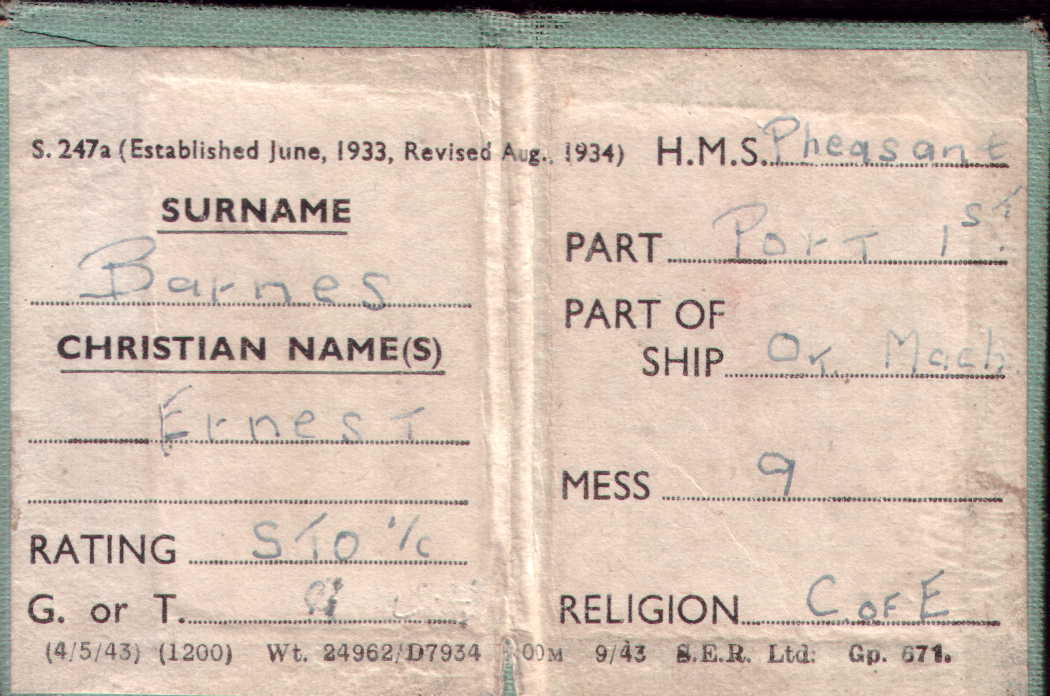
The scanned image of my fathers' station card is shown larger than life. It actually measures 87mm wide by 60mm high, or for those of us brought up on Imperial measurements, 3 1/2 inches wide by 2 4/10 inches height.
Other Station Cards have come to light, one is for the Royal Naval Barracks at Portsmouth and is dated 1946. The other is only identified as 'Mess 6'. Both are shown on this page.
Christmas Card from HMS Pheasant 1946::
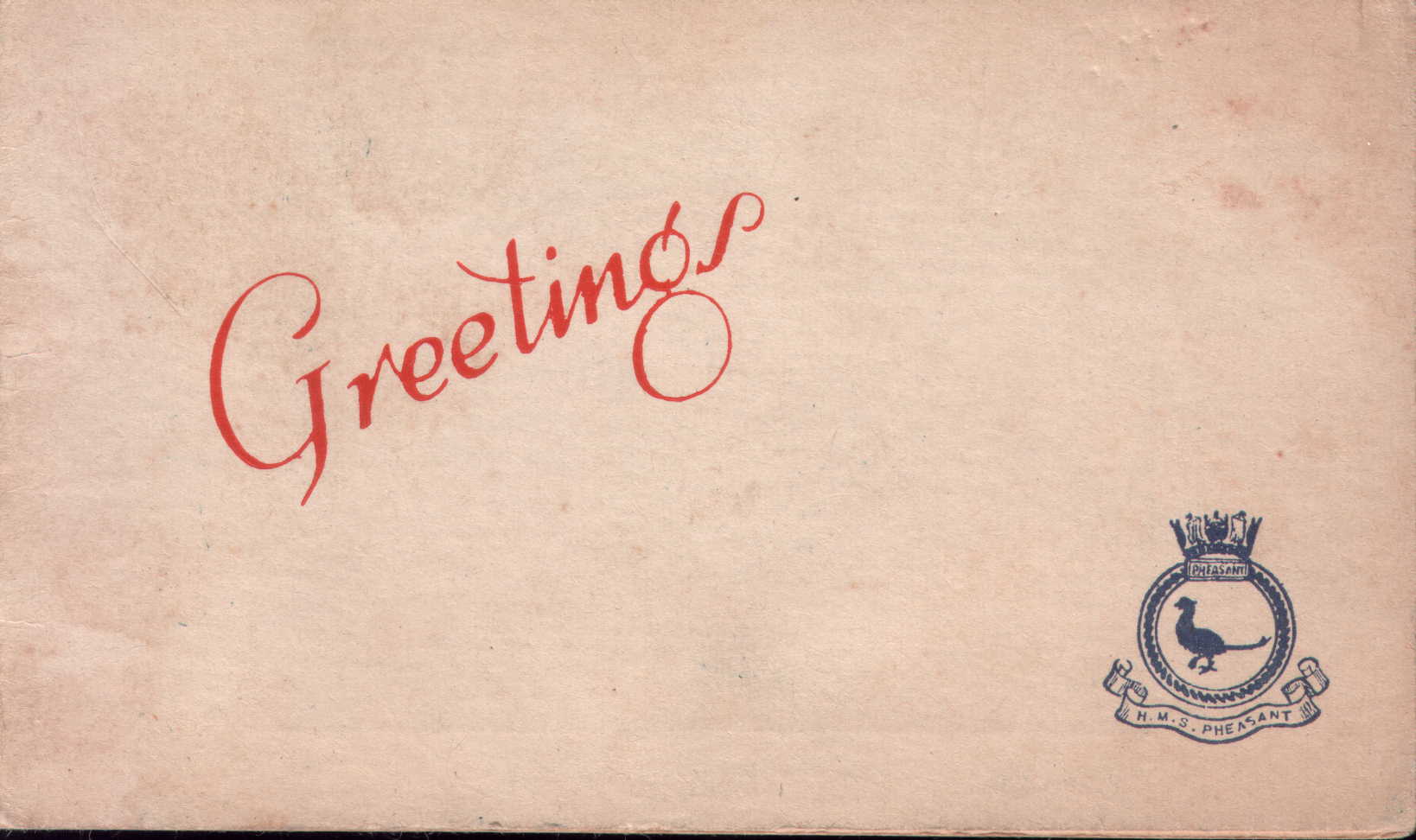

HMS Pheasant Association - the U49'ers::

HMS Pheasant Shipmates::
Barnes, Ernie (Stoker 9 Mess)Belshaw, Tom (Ldg. Stoker)
Corfield, Tom (Bosun's Mate 1 Mess)
Davis, Roy (5 Mess)
Gillis, John (Telegraphist)
Goode, Maurice (Oxo)
Higgs, Gerald J (A/B Radar Control)
Lock, Harry (6 Mess)
Moore, Ian (Towing Crew Jan 63) Lt. Comm.
O'Connor, Peter (A/B Radar 8 Mess)
Robins, Mervyn (L/S L/TO 5 Mess)
Tibbetts, Les ('Jack Dusty')
Treadwell, George (Coder "Wellington")
Wallis, Steve (A/B Radar 8 Mess)
The last issue of the Pheasant Echo entitled "THE LAST HURRAH" was volume 7 number 18, January 2012. Old age and increasing costs has sadly led author John Gillis to cease its production.
Pheasant Shipmates Roll of Honour::
Frank Rowan
Lee Webster
Jim (Shiner) Wright
Frank Bumstead
Bernie (Dingy) Dowding
Vic Neale
Buddy Flanagan
Walter Bower
Sid Armstrong
George (Don) Donald
Ken Stops
Gerald Frost
Ken Stops
Charlie (Taff) Ingram
Ron Baigent
Ray Jones
Ron (Ollie) Jeffries
Jim Dawkins (B Gun 2 Mess)
Harry Fawley
Admiral Sir Robert Durnford-Slater
Les Saberton ('SABU')
Bob Erridge
Jimmy Wright (Telegraphist)
Dennis Trowbridge
Keith Turner
George Warman
Lt. F. A. Heyes MBE, DSC
Bob Hodgins
Com. David Gay MBE FNI
Stan Lawrence
Cyril (Lofty) Snell
Harry Lambe OBE RNVR (Retd)
E. A. 'Dick' Bird
Tom Sefton (C. ERA)
Len Whittingham
Aubrey Fowkes
Alf Hardwick (Leading Stoker)
Bill Howell
Len May
R. E. (Bill) Billingham FRS
Cyril Weeks
Bert Chaney
S/Lt. John Allatt
Royston Frederick Creffield
Jim Robb
Ted Harbord
Claude Cartwright
Bill Sheppard
James Hiscock (ADIC Operator)
Andrew McLeod (Petty Officer)
Died 18th January 2006
Died 17th February 1993
Died 20th February 1995
Died 22nd February 2008
Died 27th February 2010
Died 24th February 1999
Died 29th February 1955
Died 3rd March 2007
Died 4th March 2008
Died 6th March 1996
Died 28th March 2008
Died 14th April 1997
Died 18th April 2008
Died 28th April 2001
Died 11th May 1996
Died 14th May 1997
Died 27th May 2003
Died 5th June 2010
Died 11th June 2000
Died 26th June 1984
Died 27th June 1994
Died 27th June 2001
Died 13th July 2010
Died 18th July 1994
Died 18th July 1996
Died 1st August 2007
Died 11th August 1994
Died 17th August 2001
Died 23rd August 1998
Died 23rd September 2003
Died 27th August 1994
Died 10th September 2009
Died 28th September 1994
Died 29th September 1990
Died 4th October 2007
Died 9th October 1997
Died 18th October 2010
Died 2nd November 2002
Died 6th November 1993
Died 16th November 2002
Died 22nd November 2001
Died 2nd December 2007
Died 9th December 1997
Died 10th December 2006
Died 19th December 1998
Died 21st December 2008
Died 25th December 2005
Died 30th December 2002
Died 1985
Died 1985
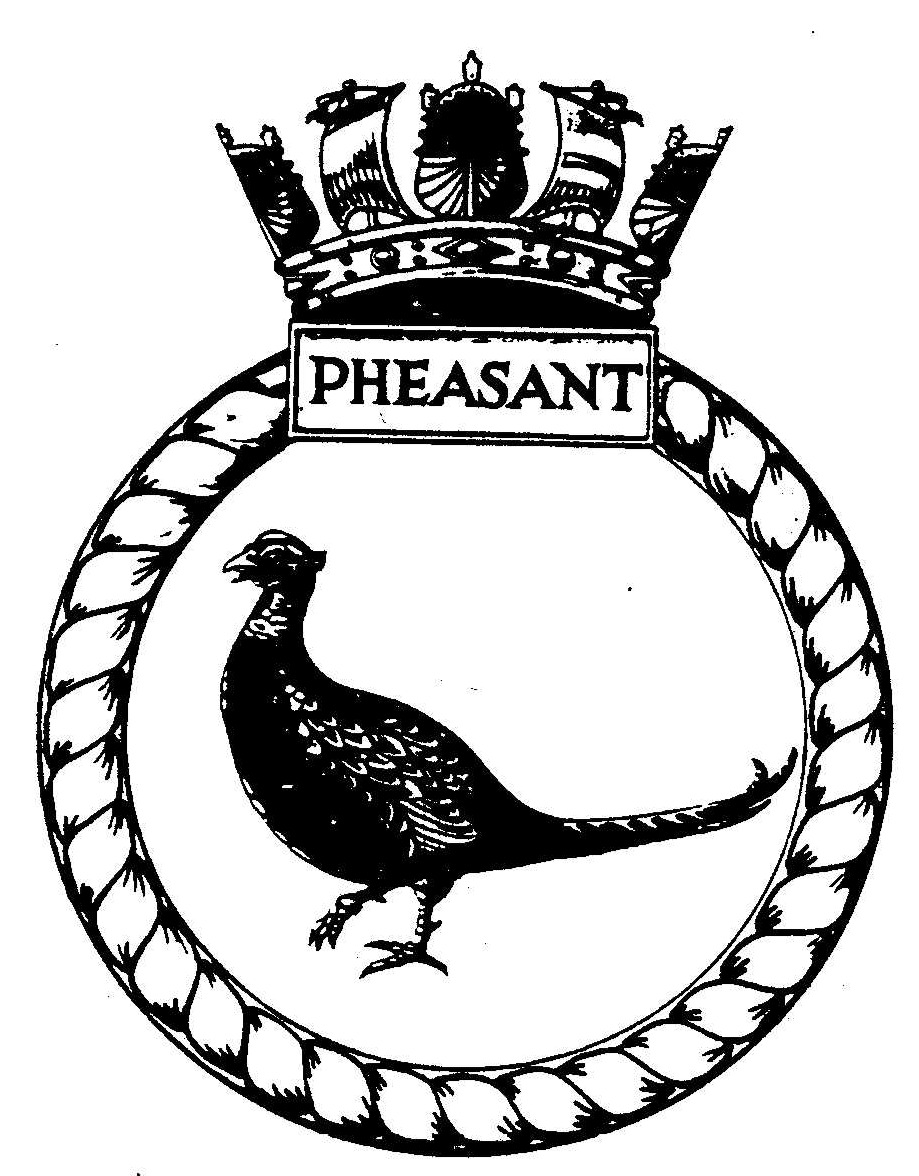
The HMS Pheasant Crest

HMS Pheasant on Active Service (click image)
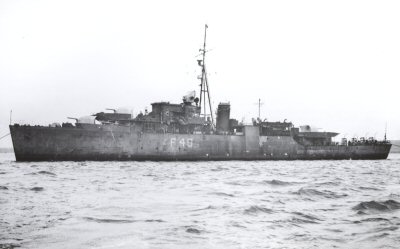
HMS Pheasant waiting to be scrapped
Note: American style pennant number.
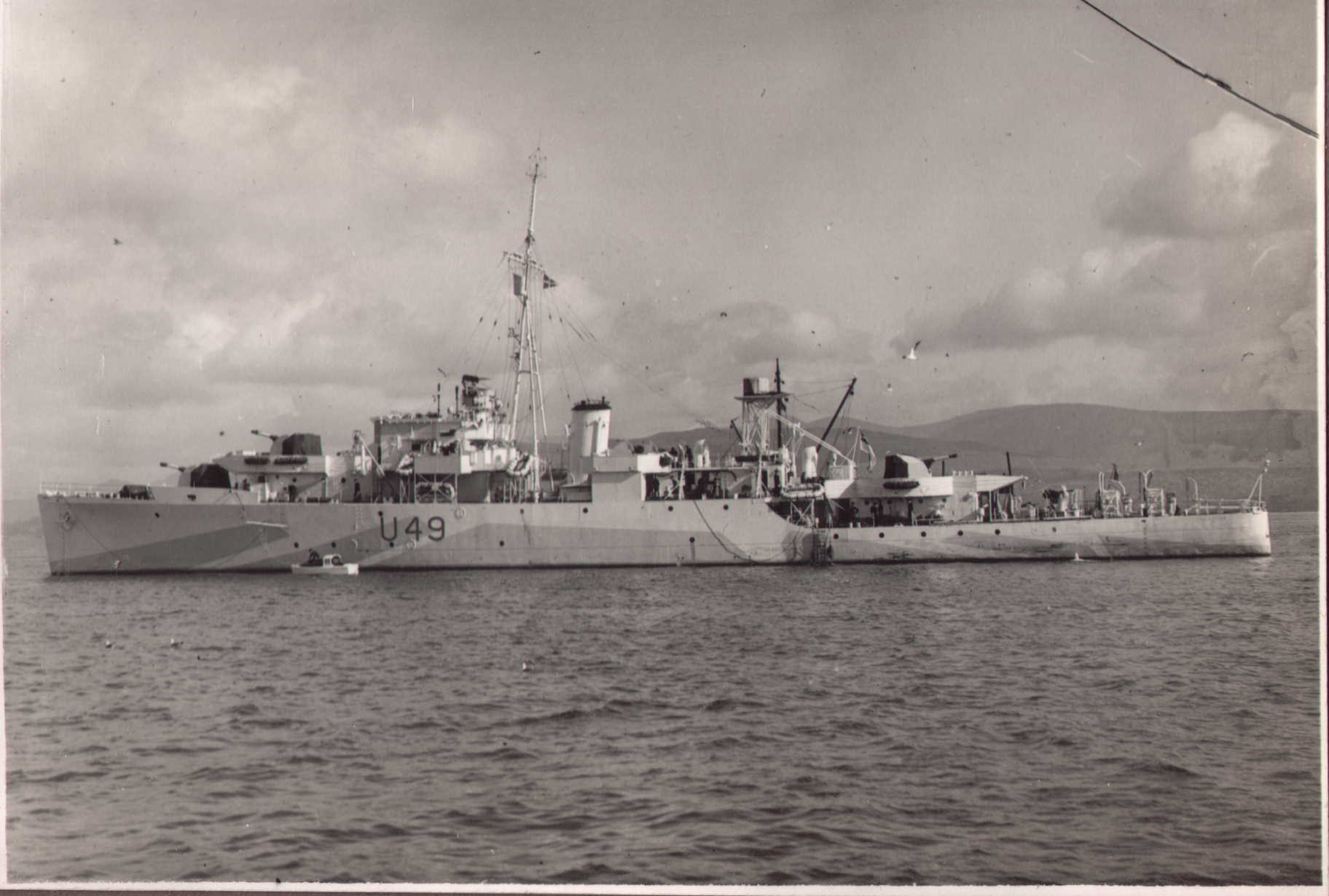
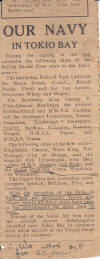
A newspaper clipping from 1945 that
lists the Royal Navy ships
present in Tokyo Bay and surrounding area
during the Japanese surrender.
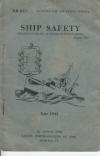
Ship Safety June 1943

Station Card - Mess 6

Station Card Portsmouth Naval Barracks

Station Card Portsmouth Naval Barracks

Station Card Portsmouth Naval Barracks